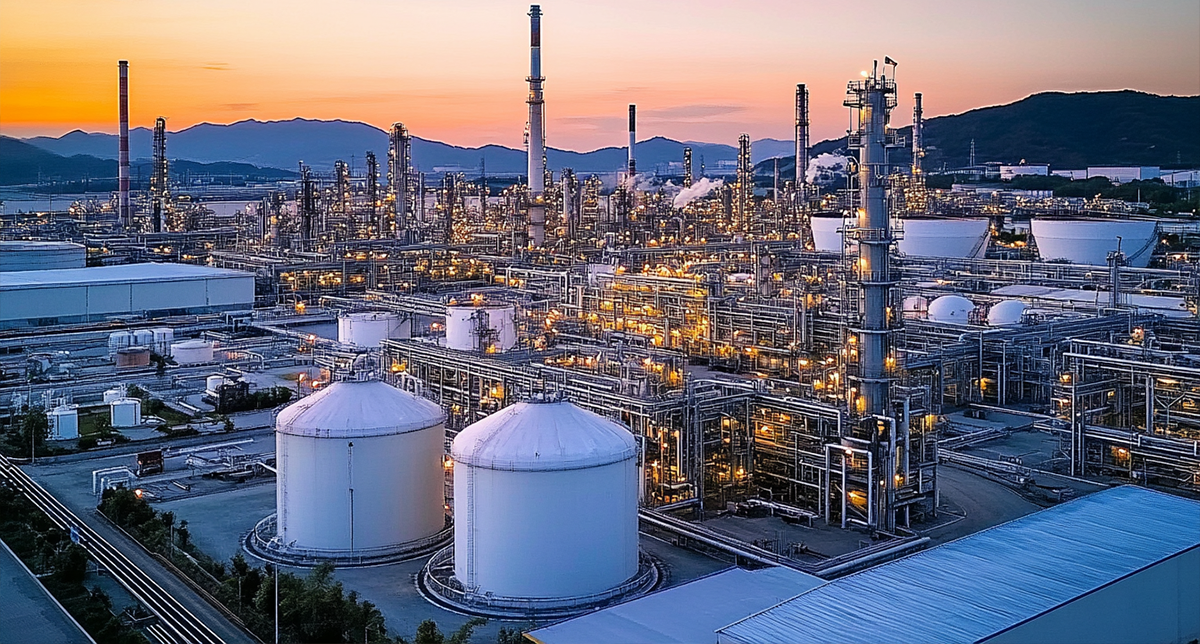التقسيم التفصيلي لعملية تخليق NMP
التقسيم التفصيلي لعملية تخليق NMP
يتم إنتاج N-Methylpyrrolidone (N-Methylpyrrolidone) في المقام الأول عن طريق مسار تخليق BDO. وينطوي ذلك أولاً على تخليق γ-butyrolactone (GBL) من 1،4-بيوتانيديول (BDO)، والذي يتفاعل بعد ذلك مع الميثيلامين لتكوين NMP. وتعد هذه الطريقة حاليًا أكثر طرق الإنتاج الصناعي موثوقية ونضجًا. وبفضل تاريخها الطويل من الاستخدام الصناعي، فإن هذه العملية محسّنة للغاية وتوفر إنتاجًا واسع النطاق وكفاءة عالية وتكاليف منخفضة.
Key Features of the BDO Route:
Uses copper-based catalysts enhanced with additives like zinc, aluminum, chromium, and manganese to boost reactivity and selectivity.
High conversion rates: 98% for BDO, 95% selectivity, and >90% yield.
No dependency on external hydrogen sources (by-product hydrogen is generated).
Flexible production scale: Can be adapted for small or large operations using readily available 1,4-butanediol as the raw material.
Economic viability hinges on the cost and availability of 1,4-butanediol.
γ-Butyrolactone (GBL) Production Process
1. Feedstock Preparation:
1,4-butanediol is pumped into a heater, heated with thermal oil, and mixed with recycled hydrogen in a static mixer.
The mixture is further heated to fully vaporize the BDO before entering a dehydrogenation reactor.
2. Reaction & Separation:
The dehydrogenation reaction occurs under controlled temperature and pressure.
Post-reaction, products and hydrogen exchange heat in a product-hydrogen heat exchanger, then cool via circulating water.
The cooled mixture enters a gas-liquid separator:
Liquid product (crude GBL) flows to storage.
Hydrogen is partially recycled (after compression and reheating) or purified for other uses.
3. Purification:
Crude GBL is pumped to an azeotropic column to remove light impurities.
Further refined in a product distillation column to obtain high-purity GBL, which is then stored.
NMP Synthesis Process
1. Reaction Setup:
Pure GBL and a 40% methylamine aqueous solution are metered into a steam preheater, mixed in a static mixer, and fed into an amination reactor.
2. High-Pressure Reaction:
The reaction occurs at 230–260°C and 7.0–8.0 MPa pressure.
Products are cooled and depressurized to atmospheric pressure in a constant-pressure tank, then stored as crude NMP.
3. Purification Steps:
Deamination: Crude NMP is pumped to a deamination column to recover ~30% methylamine solution (recycled for reuse).
Dehydration: Residual liquid from deamination goes to a dehydration column; water from the top is sent to wastewater treatment.
4. Distillation:
The dehydrated product enters a middle fraction column for preliminary separation.
Final refinement in a product distillation column yields pure NMP, which is stored and packaged.
5. Waste Handling: Bottom residues from distillation are collected and sent to licensed recyclers or incinerated.
This process ensures efficient, scalable production of NMP with minimal waste and high recovery of by-products like hydrogen and methylamine.

الغرفة 1204، الوحدة 1، الوحدة 1، المبنى 1، رقم 9 طريق الصناعة الغربية، بحيرة سونغشان، مدينة دونغقوان، مقاطعة قوانغدونغ، الصين



